A home furnace for a country house is undoubtedly the best in autonomy and internal comfort, the heating option, often created in new buildings. It is also important that such furnaces are completely independent of external electric and gas communications, including almost constant interruptions in their work; In addition, some designs of such furnaces allow you to use them not only for heating, but also for the preparation of very tasty food, drying of linen, and some other household needs.
Advantages and disadvantages of the main types of furnaces:
Stoves with direct stroke in which smoke and part of soot go directly outside the house to the pipe along with heated air. Thus, Russian furnaces are equipped, the main drawback of which is the long time heating of the house, since the construction itself should initially be heated; plus such a furnace – the presence of special niches in the design for cooking and prolonged conservation in hot food;
The return stoves in which heated air enters one channel, and when cooling, it descends through two additional. The classic example of such a stove is Finnish, the main disadvantage of which is its installation exclusively by professionals; The advantage of such a device is in uniform and rapid heating of the design itself and the room and in the capabilities of the equipment of the hob;
channel – a complicated version of direct traction furnaces, in which the chimney is a complex design that combines horizontal and vertical areas with several damper. The most example of such a stove is Dutch; It provides faster and more effective heat transfer than a traditional Russian stove, but also requires professional installation;
dome, in which heated air accumulates in the cap, which was installed in the upper part of the structure, very quickly and evenly heating the entire room. Such furnaces have the optimal level of useful action, but with firewood, they are quite explosive.
Comparative advantages of domed furnaces:
the optimal use of heat formed by heat heating during fuel combustion;
slowed down and heat from the structure to the environment;
expanded possibilities of using various designs in accordance with the interior of heated rooms in the absence of negative penetration of smoke into them;
The most effective combustion of solid fuel with a reduced amount of soot and pollution of structural elements;
the possibility of internal embedding of the boiler and distribution communications for the traditional heating circuit without the danger of deterioration of the furnace furnace furnace elements;
the occurrence of free ventilation of the room with a complete output of dangerous carbon monoxide and other harmful combustion elements;
real possibility of independent installation of the structure.
DIY hobbal stove
Installation of a reinforced foundation
The dimensions of the pit can be any, but subject to a mandatory proportion of 1 to 1.5 m. and depths of at least 1 m. The sand is poured on the bottom with a layer up to 15 cm. high and withstand at least 2 days for proper precipitation. Next, a traditional and not too sophisticated formwork, metal rods or a mesh for reinforcement are installed and a cement-sand solution is filled in the pit to dry completely (from 1 to 3 weeks).
The laying of the furnace
This is the most difficult process of its installation, the essence of which is the layout of each brick series not only in strict accordance with the selected scheme (the so -called order), but also with the creation of niches for collecting combustion waste, blur, fireplace and additional chambers for supplying hot and discharge cooled air laid with metal sheets.
In addition, each row and a niche differ in the technical characteristics of the brick in terms of its refractiveness (traditional red and special fireproof brick) and sizes (whole brick or half -brick); it is necessarily subjected to preliminary grinding and laid out on a solution of special refractory clay.
Checking the furnace and its finish cladding
Checking the design after its final readiness (about 7 – 10 days after the final installation) is carried out at a critical temperature and half -open damasets to verify the satisfactory removal of smoke.
With a positive result, the mounted design is lined in accordance with the taste and financial capabilities of the owner with any fiery resistant material, whether it is the same special brick, fire -guidly ceramic tiles, panels made of heat -resistant metallized plastic and the like.
Of course, the external fire protection of the most heated protruding elements of the furnace, especially the furnaces, blown, blown for ash and other combustion products is also very important.


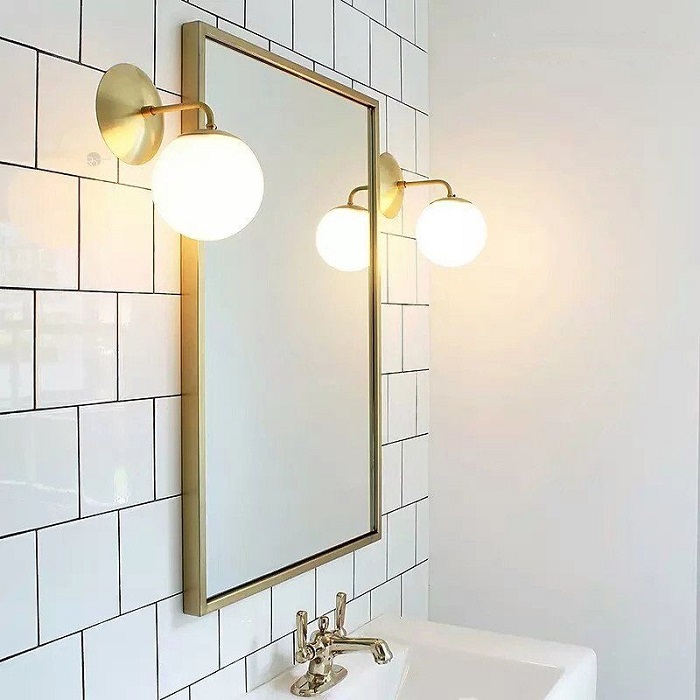
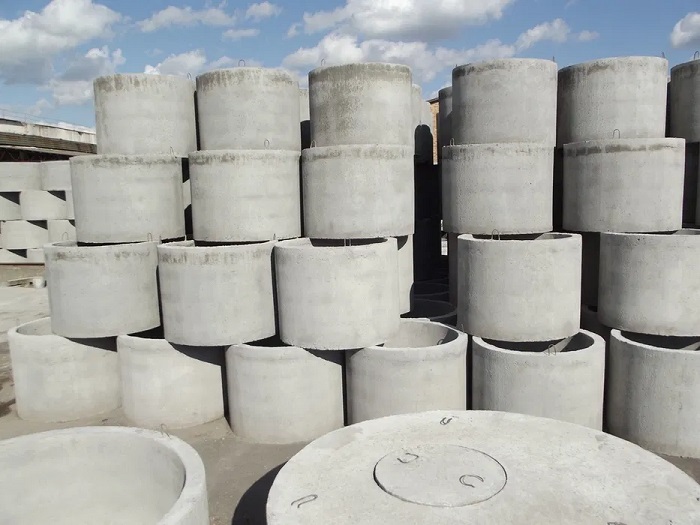
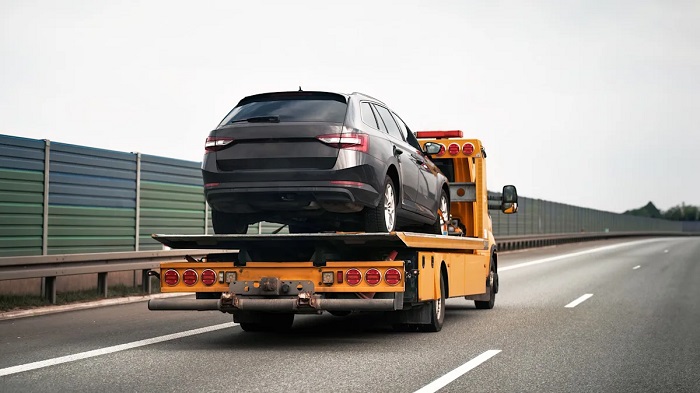
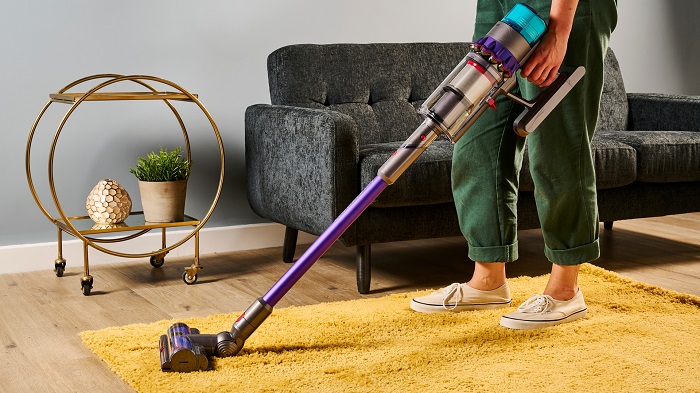

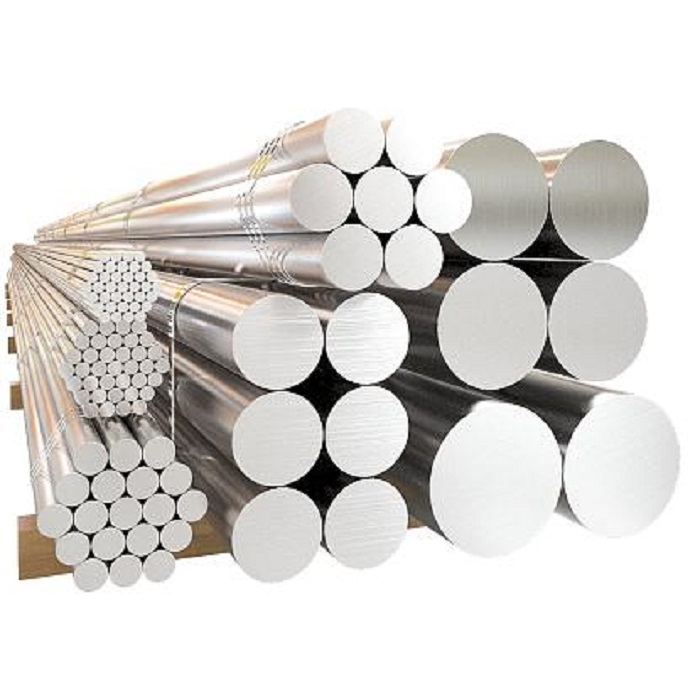

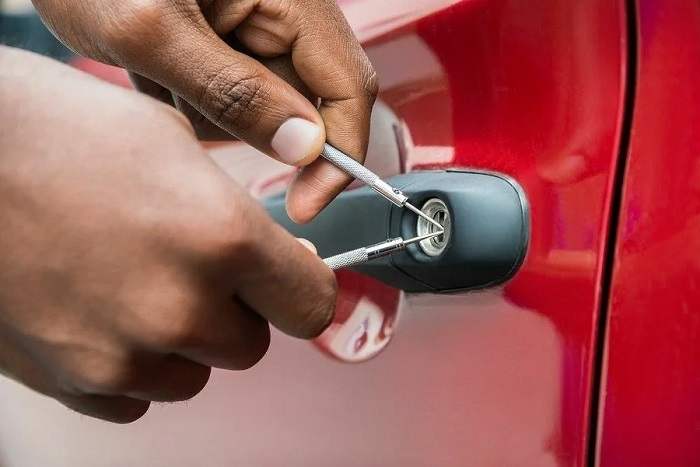
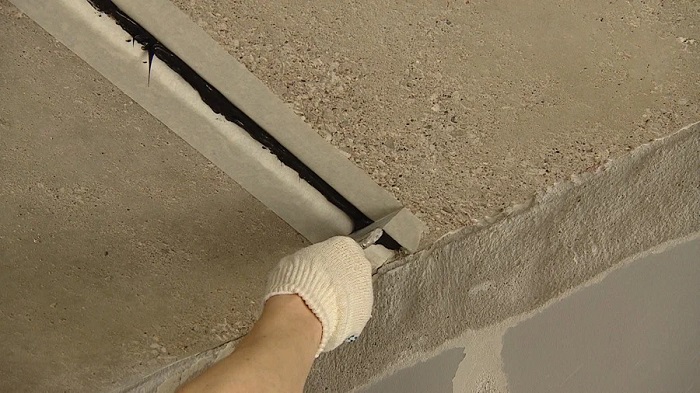


Leave a Reply